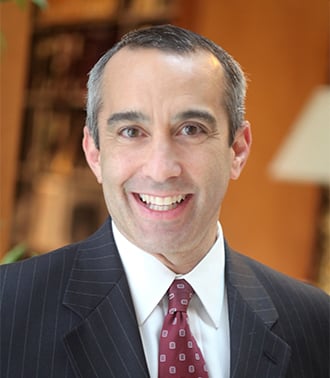So Far, So Good for Washington's Green Chemistry Law
Seller Beware: Consumer Protection Insights for Industry
Manufacturers appear to be complying with Washington State's reporting rule for toxic chemicals under its Children's Safe Products Act (CSPA). The Washington Department of Ecology announced this week that spot testing of more than 200 children's products sold in Washington in 2012 and 2013 shows that most manufacturers are following the law. But Ecology's next report may not be so rosy because the regulations did not apply to many smaller manufacturers who appear to have trouble eliminating toxics from their children's products.
The CSPA limits the amount of lead, cadmium and phthalates allowed in children's products sold in Washington. Though preempted by the federal Consumer Product Safety Improvement Act (CPSIA), Washington reports manufacturers to the US Consumer Product Safety Commission (CPSC) if tests show a violation of federal standards.
The CSPA also requires manufacturers, importers, distributors, and retailers to report whether a children's product contains one of 66 currently listed Chemicals of High Concern to Children (CHCCs), the amount present, and its function in the product. Ecology then shares that information with the public to encourage the phasing out of CHCCs by allowing consumers to make more informed choices.
Ecology's announcement that its program has been a success is based in part on five product testing reports published this week. Those reports suggest that, although industry's compliance track record is pretty good so far, things may get tougher in the future, especially for smaller companies. That is because Washington's spot-testing revealed dozens of children's products with CHCC's present at levels above Ecology's reporting limits, but many companies were not required to report because of low sales. Ecology has a tiered reporting structure (bigger companies went first), and smaller manufacturers, importers, distributors, and retailers may not have the resources to report and/or reformulate when their time comes.
For some bigger manufacturers who failed to report, Ecology was willing to work with them to ensure future reporting is timely and complete, and in some cases, to reduce the amount of the CHCC in the children's product. At least one manufacturer promised to stop selling its product in Washington.
Here's what manufacturers, importers, distributors, and retailers can expect to see in the future:
- Ecology may lower the reporting thresholds for some CHCCs. Companies will need to reduce the levels of CHCCs in the children's products they sell in Washington if they want to avoid reporting.
- Ecology may look closely at children's products where companies had trouble meeting Ecology's concentration goals. For example, seasonal products such as Halloween makeup frequently had levels of parabens that are above the CSPA's limits.
- Although Ecology appears to be taking a cooperative approach to enforcement for now, it is clear they are monitoring compliance and taking action to improve compliance. Companies that have put off reviewing the CSPA and its unusual requirements would be smart to do so soon.
© Arnold & Porter Kaye Scholer LLP 2014 All Rights Reserved. This blog post is intended to be a general summary of the law and does not constitute legal advice. You should consult with counsel to determine applicable legal requirements in a specific fact situation.

